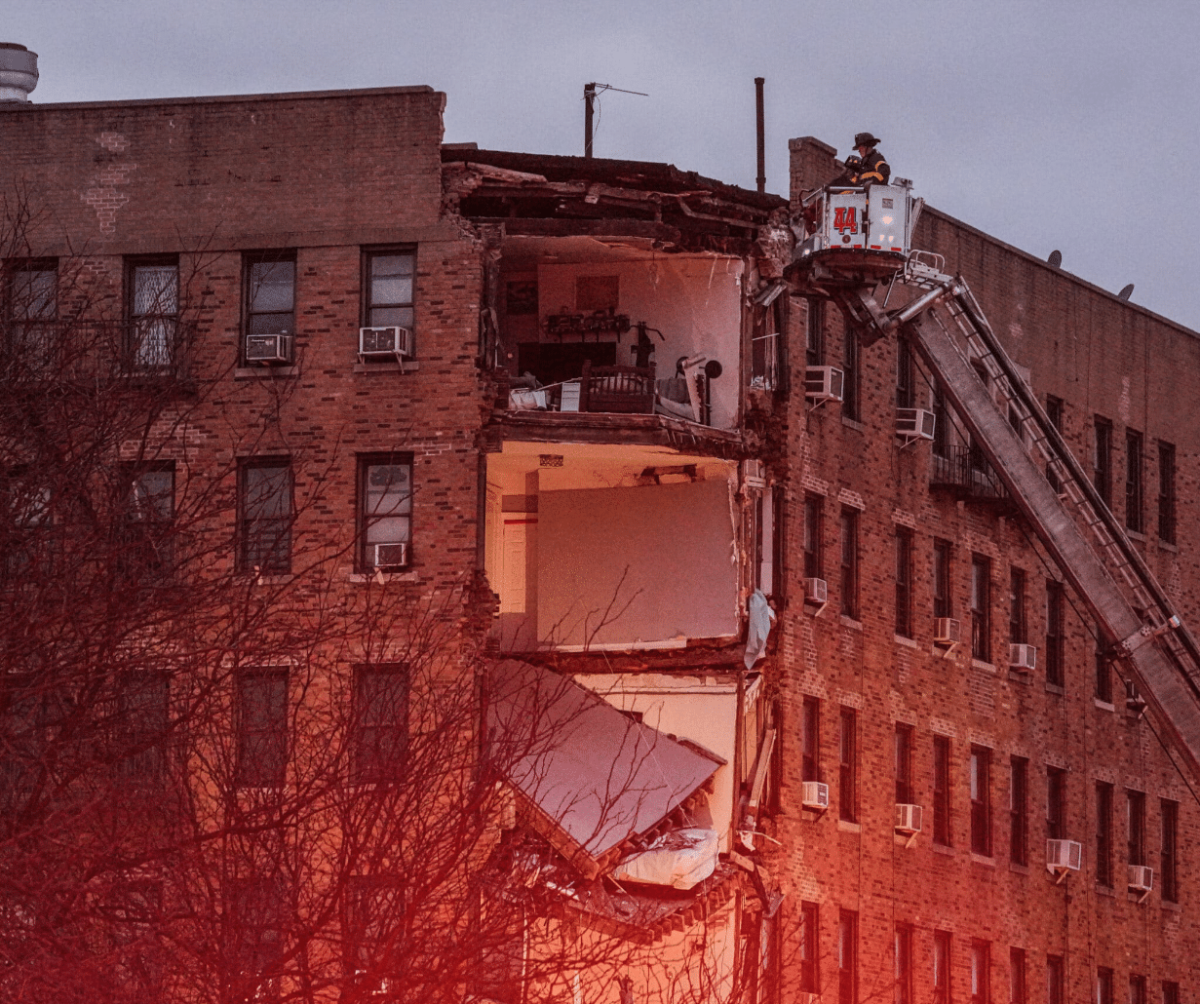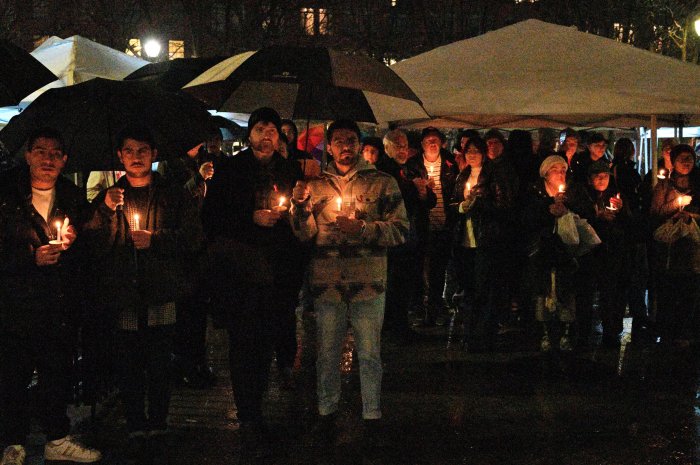The Dept. of Education’s third attempt at a school-rezoning plan for Lower Manhattan is both worthy of praise, and criticism.
Unveiled this week, the new plan takes into account the worries of parents in the affected zones, but is still a Band-aid approach to addressing the shortfall in school seats our Lower Manhattan neighborhoods have been confronting the last three years. And the fact that parents, educators and local elected officials have been pleading with the D.O.E. for so long, only to be forced to accept another plan that does not address the root of the problem, is a major and frustrating cause for concern.
What seems to be missing is a correlation between the city’s issuing of building permits, whether for new residential units or for condo conversions, and the obvious and clearly stated need for more school seats in Lower Manhattan. It’s as if building permits are given away with no concern or foresight for their educational ramifications. Ignorance is not bliss when we’re talking about educating our children, yet buildings continue to pop up overnight leading one to wonder if the city is close to getting on top of the vast population increase Lower Manhattan is currently experiencing.
While it is nice to know that the D.O.E. was listening to parents back in September and then again last month, when it revamped its rezoning plans, it is disheartening to think that this new plan is simply more of the same.
The city needs to disaggregate south of Canal St. demographic projections for school seats from the rest of District 2, which covers geographic areas as far north as the Upper East side. The needs, and growth rates, are entirely different. Lower Manhattan is experiencing some of the strongest residential growth rates in the entire city, and by conflating Lower Manhattan projections with the rest of District 2, the Dept. of Ed’s response is always reactive, and behind the curve.
In May, the newly appointed NYC Schools Chancellor, Dennis Walcott, appeared at the monthly meeting of Assembly Speaker Sheldon Silver’s School Overcrowding Task Force. We wrote an editorial praising him for showing up and for acknowledging the long hours and hard work the task force has put in since its inception. Mr. Walcott promised to utilize the resources the task force has at hand, specifically data on birth rates in local neighborhoods.
We cannot at this point say Mr. Walcott has broken his promise. But the rezoning proposal and how it has played out over the last few months compels us to ask that he take charge, and begin to produce evidence proving the D.O.E. is indeed looking at real data that accurately reflects the needs of Lower Manhattan. Such data will show, undoubtedly, that the problem is simple: more school seats are needed Downtown.
But Mayor Bloomberg also must be placed in the spotlight when it comes to the school rezoning debacles that have occurred on his watch. By the time the new Peck Slip elementary school opens its doors and has a waiting list in its first year of existence, Mayor Bloomberg will be out of office. He needs to give more attention to this critical part of his educational legacy.
































